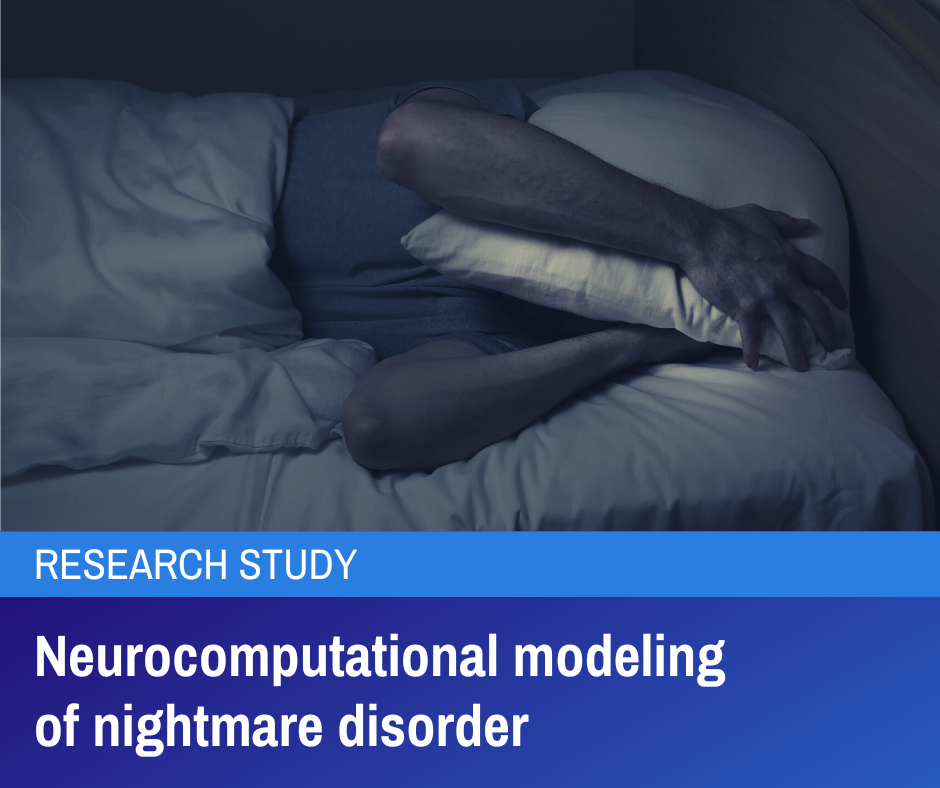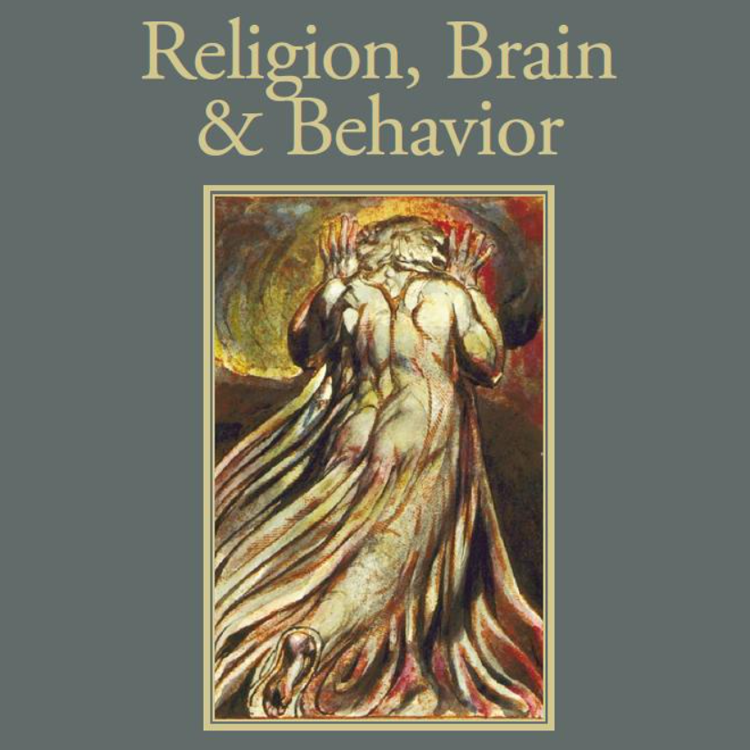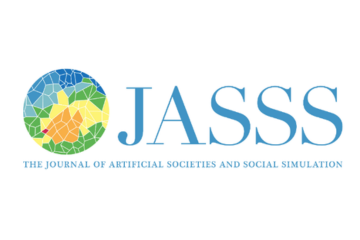CMAC is conducting a study on frequent nightmares in people over 65 years old as part of Dr. Patrick McNamara’s project Neurocomputational Modeling of Nightmare Disorder. We are gathering information about the properties of nightmare imagery in individuals over the age of 65 who frequently experience nightmares, in order to develop a virtual reality device to reduce nightmare frequency and distress.

This study is designed specifically for people who are 65 years or older and who experience frequent nightmares. The survey will involve answering questions about personality, mental health, and sleep patterns. Answering all questions should take 1-2 hours.
After successfully completing ALL the survey questions and attention checks, participants can select one of three charities to donate a $23 reward to: Red Cross, Doctors Without Borders, and The American Society for Prevention of Cruelty to Animals.
You are eligible to participate if you are 65 years old or older and have one or more nightmares per month that disturb your daytime mood and functioning.
About the project
While nightmare prevalence among younger elderly (60s) are roughly equivalent (about 3%) to younger populations (ages 30 to 50s), there is a growing awareness that frequent nightmares are more prevalent among the older elderly (70+). A large population-based study in Finland found the prevalence of nightmares among 69,813 individuals showed an increased rate of nightmare prevalence in groups over 71 years of age.
Our team hasn’t found any studies of cognitive mechanisms of nightmare disorder (i.e. recurrent severe nightmares) among elderly aged 65+. Despite the significant clinical dysfunction associated with nightmares across all age groups, nightmare disorder remains under-diagnosed and under-studied.
Recent work by our group and others (e.g. Rousseau and Belleville, 2018 and Nofzinger et al. 2004) has shown that that increased feelings of control and mastery over nightmare imagery is the cognitive mechanism most strongly associated with nightmare reduction. Imagery control refers to the cognitive capacity to fluently transform and manipulate mental images. For instance, the way in which we are able to control our images reflects the capacity to retain, actively manipulate, and intentionally transform mental images. In nightmares control over imagery is diminished. The individual feels controlled or dominated by the fearful imagery to the point where the images often intrude into daytime consciousness.
Using the data collected in this study, the team will test the hypothesis that, after controlling for relevant individual differences variables, properties of nightmare imagery (e.g., imagery intrusiveness/dominance, imagery vividness, presence, arousal, and valence) will significantly predict key outcome variables such as nightmare frequency, nightmare distress (severity), and overall anxiety.
We will test this hypothesis using (1) multiple-regression-analytic techniques, (2) content-analytic techniques, and (3) simulation-analytic techniques (especially sensitivity analysis).



